Earth’s Most Interesting Animals Nature’s Strangest, Smartest, and Most Surprising Creatures
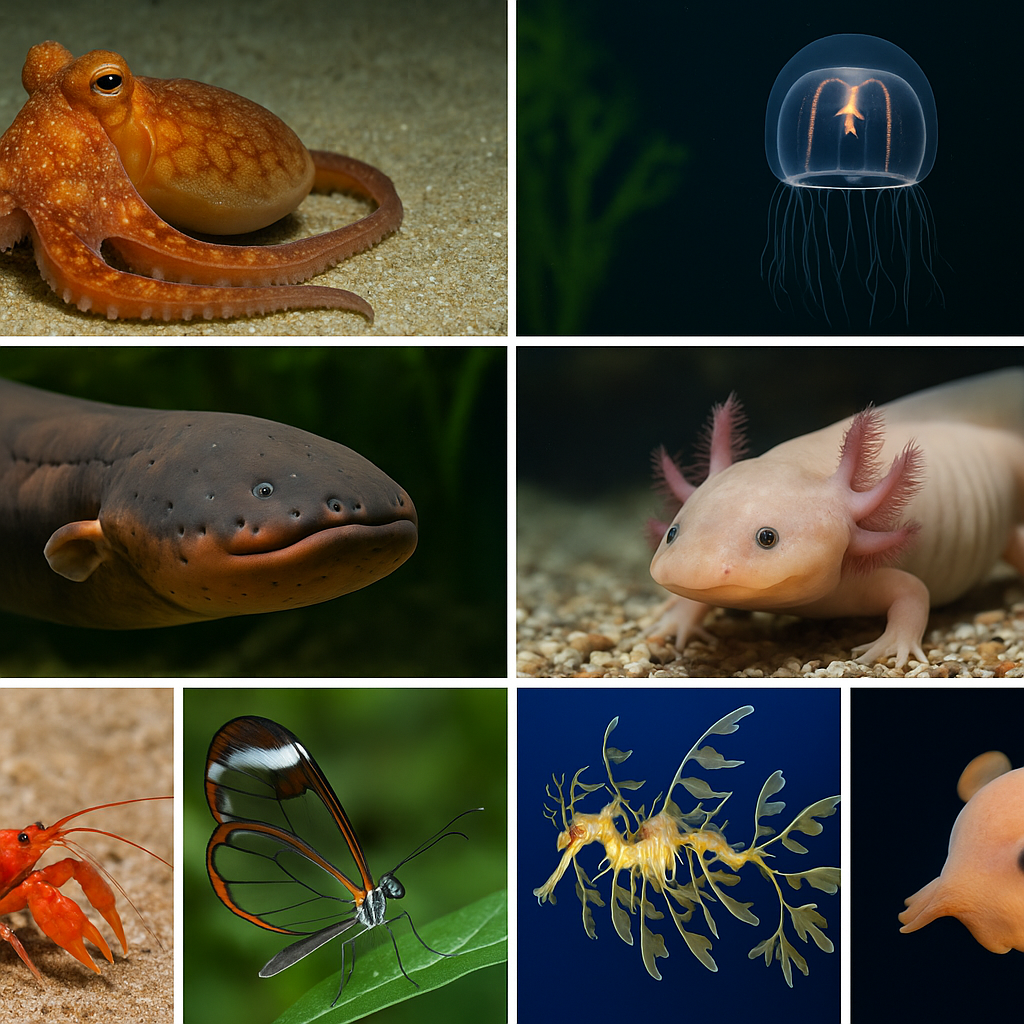
Planet Earth is home to an astounding diversity of life—millions of species adapted to survive in scorching deserts, icy tundras, deep oceans, dense jungles, and even radioactive wastelands. Some of these animals are remarkable for their intelligence, others for their extreme adaptations, and still more for their sheer oddity. From immortal jellyfish to electric fish, and shape-shifting octopuses to glass frogs, Earth is crawling, swimming, flying, and slithering with fascinating lifeforms.
This article explores some of the most interesting and extraordinary animals ever discovered, examining their behaviors, abilities, and roles in ecosystems. These creatures challenge what we thought was biologically possible—and remind us just how little we truly know about the natural world.
🧠 1. Octopus (Octopoda)
The Shape-Shifting Genius of the Ocean
- Habitat: Oceans worldwide
- Interesting Features:
- Three hearts and blue blood
- Can change color and texture in an instant
- Highly intelligent—use tools, solve puzzles, escape enclosures
Octopuses have amazed researchers for decades. Their nervous systems are so decentralized that two-thirds of their neurons are in their arms, allowing each limb to act semi-independently. Some species, like the mimic octopus, can impersonate other sea creatures, while others display short-term and long-term memory, previously thought exclusive to vertebrates.
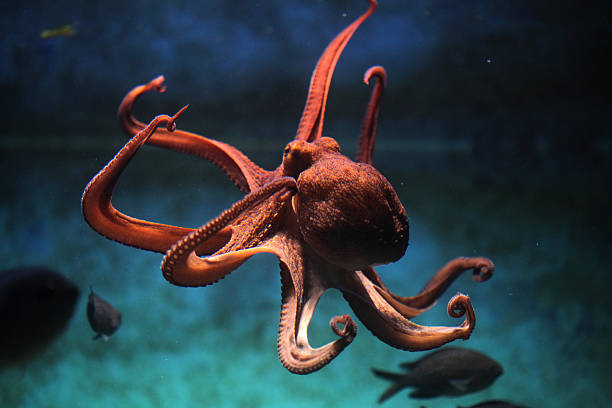
🔌 2. Electric Eel (Electrophorus electricus)
The Living Battery
- Habitat: Amazon and Orinoco rivers
- Interesting Features:
- Can produce electric shocks up to 860 volts
- Uses electricity to hunt and navigate
- Breathes air and must surface regularly
Despite the name, electric eels are not true eels but knifefish. Their ability to generate electricity through specialized organs allows them to stun prey and defend themselves. They even emit low-voltage pulses like sonar to map their murky freshwater environment.
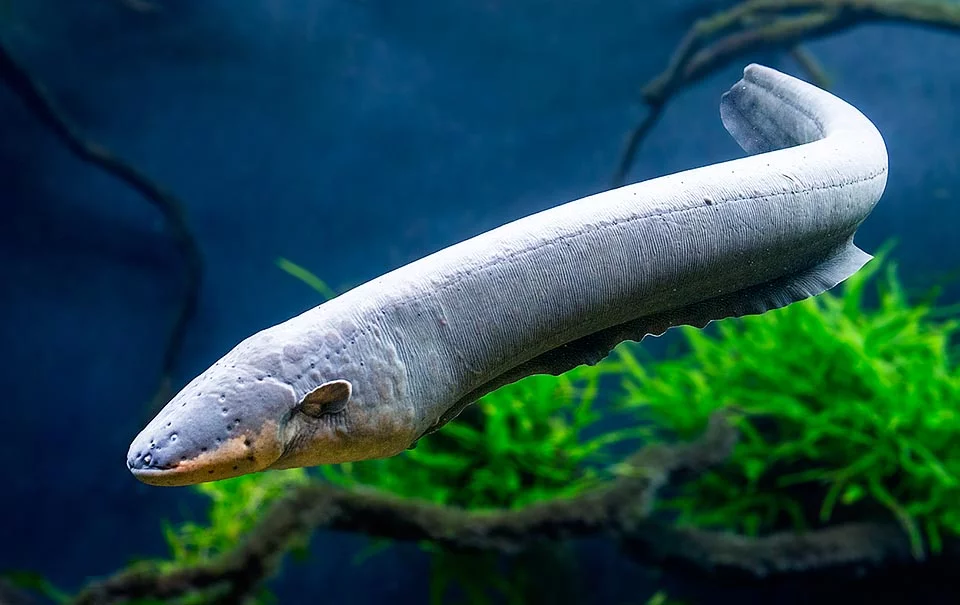
🔄 3. Immortal Jellyfish (Turritopsis dohrnii)
The Animal That Can Rewind Its Life
- Habitat: Oceans worldwide (originally discovered in the Mediterranean)
- Interesting Features:
- Can revert to its juvenile polyp stage after reaching maturity
- Technically biologically immortal (unless killed by predation or disease)
This tiny jellyfish, only a few millimeters across, has a rare ability called transdifferentiation, allowing its cells to transform into other cell types. It is the only known creature capable of reversing its aging process, making it a subject of intense study in regenerative medicine.
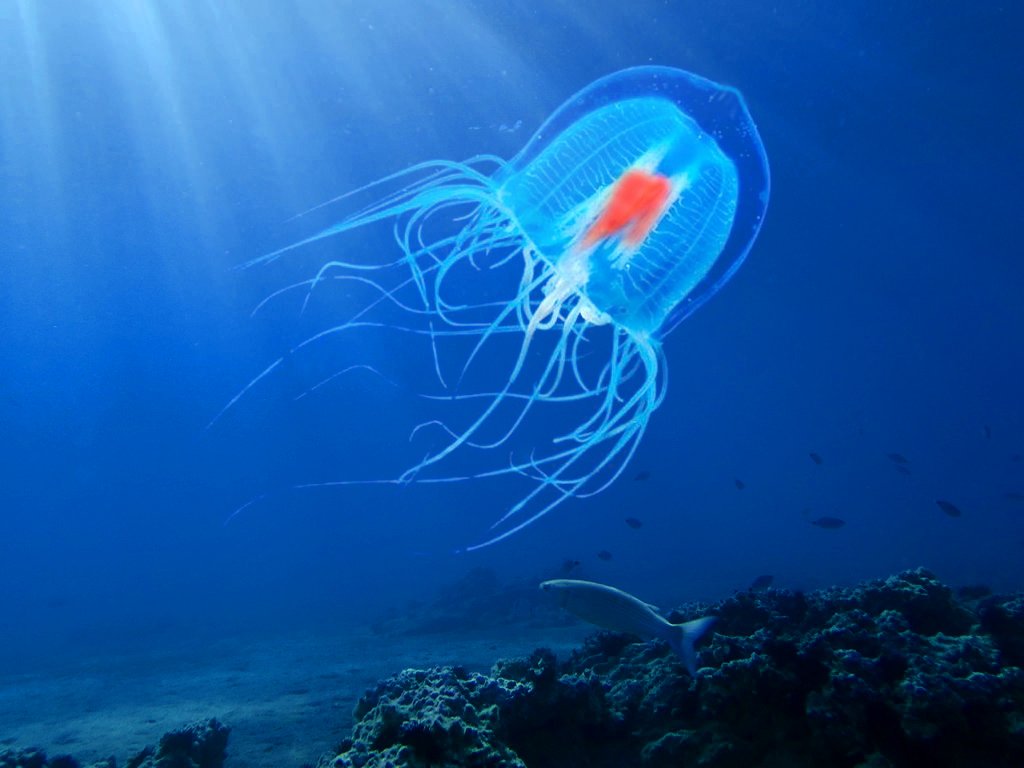
🌐 4. Axolotl (Ambystoma mexicanum)
The Eternal Teenager with Superpowers
- Habitat: Lakes of Mexico (especially Lake Xochimilco)
- Interesting Features:
- Remains in larval stage for life (neoteny)
- Can regenerate entire limbs, spinal cord, and parts of its brain
- Has become an icon in biology and genetics research
Axolotls are critically endangered in the wild but widely bred in labs and aquariums. Their regenerative capabilities make them a biological model for healing and tissue repair.
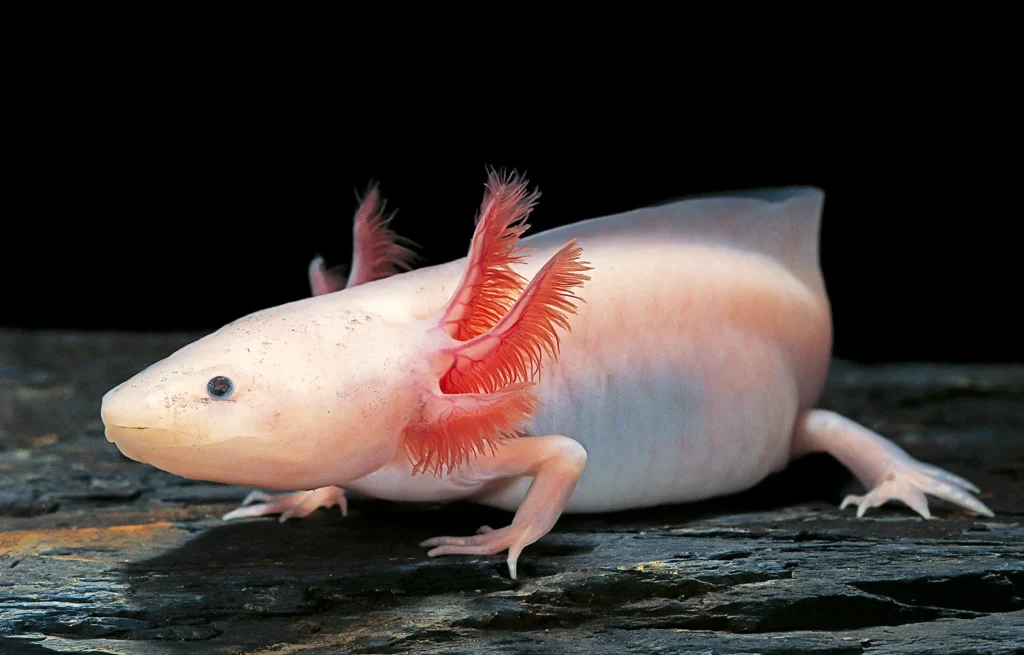
🕳️ 5. Pistol Shrimp (Alpheidae)
The Loudest Animal in the Ocean
- Habitat: Warm shallow waters
- Interesting Features:
- Uses a claw to shoot bubbles that stun prey and create 140 dB “snaps”
- Bubble’s collapse generates heat nearly as hot as the sun’s surface
Pistol shrimp have an asymmetrical claw that snaps shut so rapidly it creates a cavitation bubble—and when it pops, it produces sound strong enough to disrupt sonar equipment and kill small fish. It’s a stunning example of biomechanical evolution.

🦋 6. Glasswing Butterfly (Greta oto)
The Insect with Invisible Wings
- Habitat: Central and South America
- Interesting Features:
- Wings are nearly completely transparent
- Avoid predators through optical invisibility
Unlike butterflies that rely on bold colors, the glasswing’s wings are made of nano-structured scales that scatter very little light. It’s a marvel of biomimicry and stealth adaptation, offering inspiration for anti-reflective coatings and camouflage technologies.
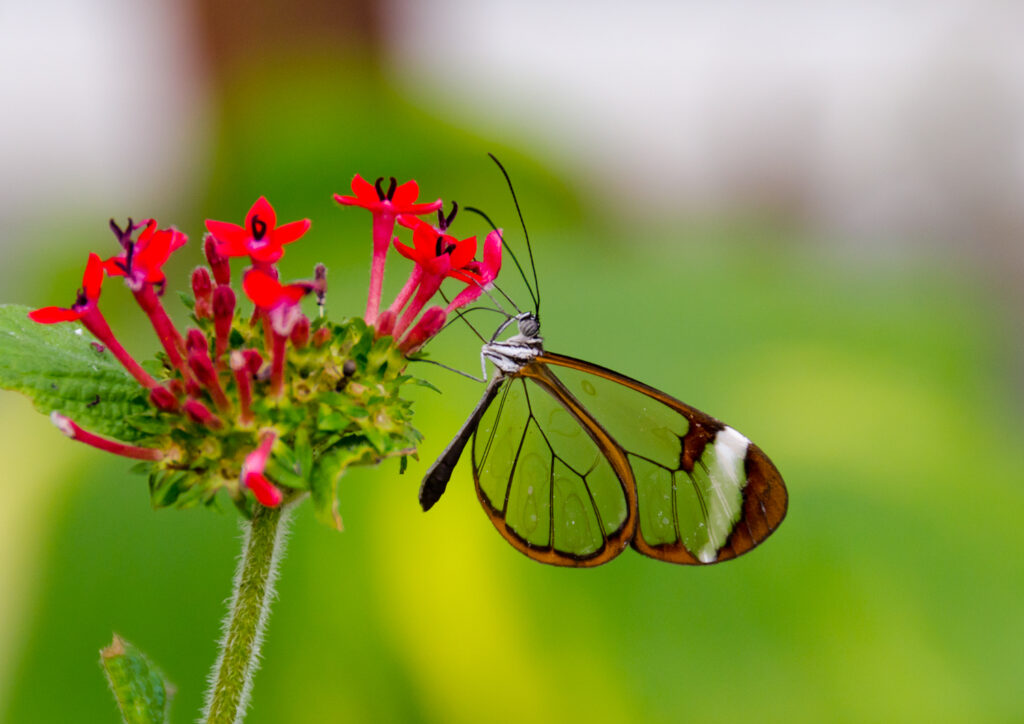
🔬 7. Tardigrade (Water Bear)
The Toughest Animal on Earth
- Habitat: Everywhere—from volcanoes to Antarctica
- Interesting Features:
- Survives extreme radiation, vacuum of space, boiling and freezing
- Enters cryptobiosis—state of suspended animation
These microscopic animals are near-indestructible. Tardigrades can live for decades without water, endure pressures six times greater than those at the ocean floor, and survive space exposure. They are considered a model for extraterrestrial life survival.
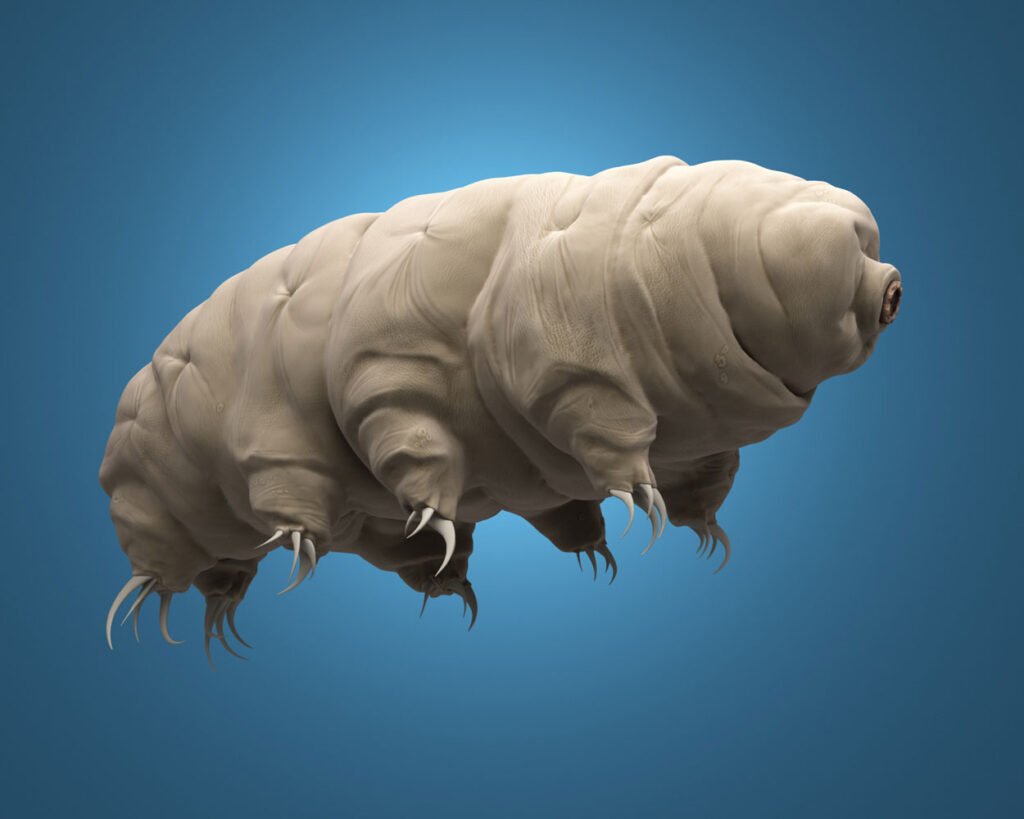
🔄 8. Leafy Sea Dragon (Phycodurus eques)
The Master of Disguise
- Habitat: Southern Australian coastal waters
- Interesting Features:
- Covered in leaf-like appendages for camouflage
- Related to seahorses, males carry the eggs
Resembling floating seaweed, leafy sea dragons are a perfect blend of form and function, showing how evolutionary pressure shapes elaborate mimicry in marine environments.
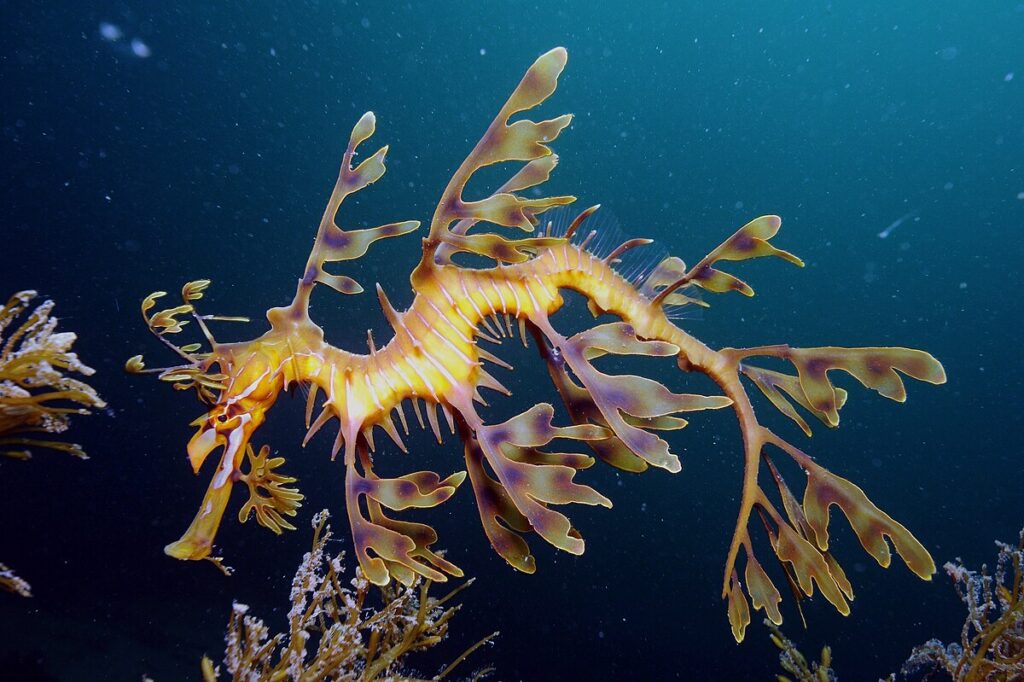
💡 9. Dumbo Octopus (Grimpoteuthis spp.)
The Deep Sea’s Gentle Phantom
- Habitat: 3,000–7,000 meters deep in oceans worldwide
- Interesting Features:
- Flaps ear-like fins (hence “Dumbo”)
- Lives in complete darkness under high pressure
These adorable, ghostly creatures belong to the deep-sea realm where sunlight doesn’t reach. They use minimal movement to conserve energy and are among the most elusive creatures ever filmed.
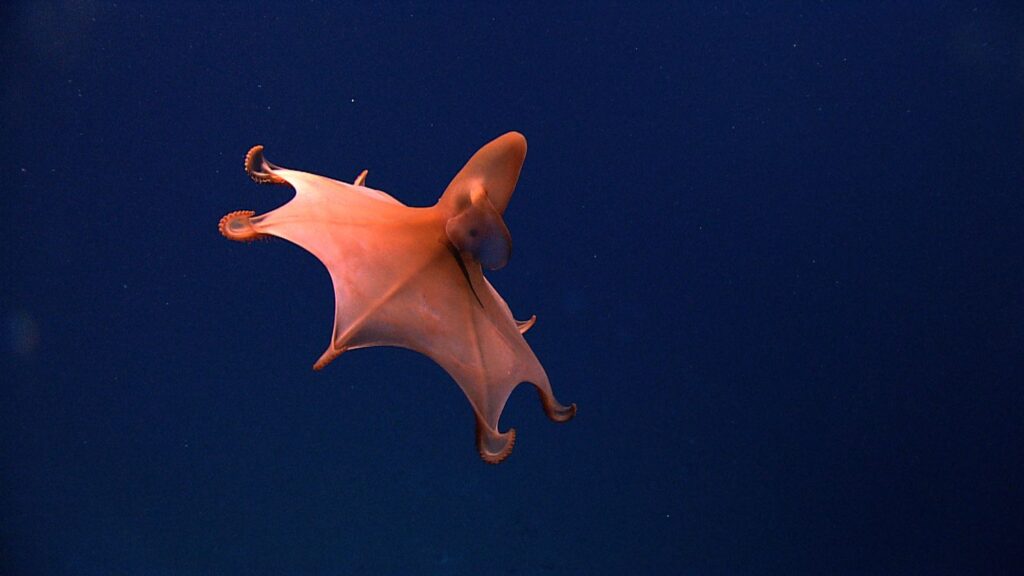
🔍 10. Lyrebird (Menura novaehollandiae)
The Master Mimic of the Bird World
- Habitat: Forests of Australia
- Interesting Features:
- Can mimic over 20 different bird calls
- Also imitates chainsaws, camera shutters, and car alarms
The lyrebird’s mimicking skills are so refined that they’ve been confused with actual human-made sounds. This bird reveals the cognitive complexity of avian species and the power of environmental learning.
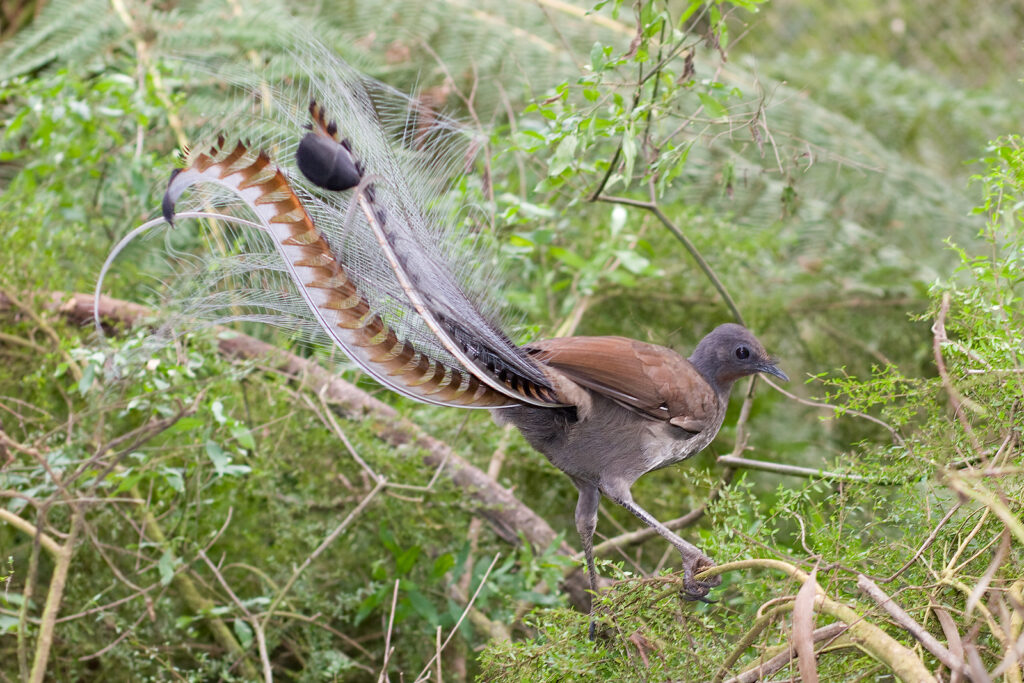
🧠 Conclusion: The Wonders of Earth’s Biodiversity
These animals—some famous, others obscure—highlight the astonishing ingenuity of evolution. Whether it’s the biological immortality of jellyfish, the mind-bending intelligence of cephalopods, or the extreme survival of tardigrades, each species plays a role in the broader tapestry of life.
They also serve as crucial reminders of what is at stake in the face of environmental destruction and climate change. Many of the animals listed here are endangered or vulnerable, and the loss of any one of them would mean the extinction of an evolutionary miracle.




